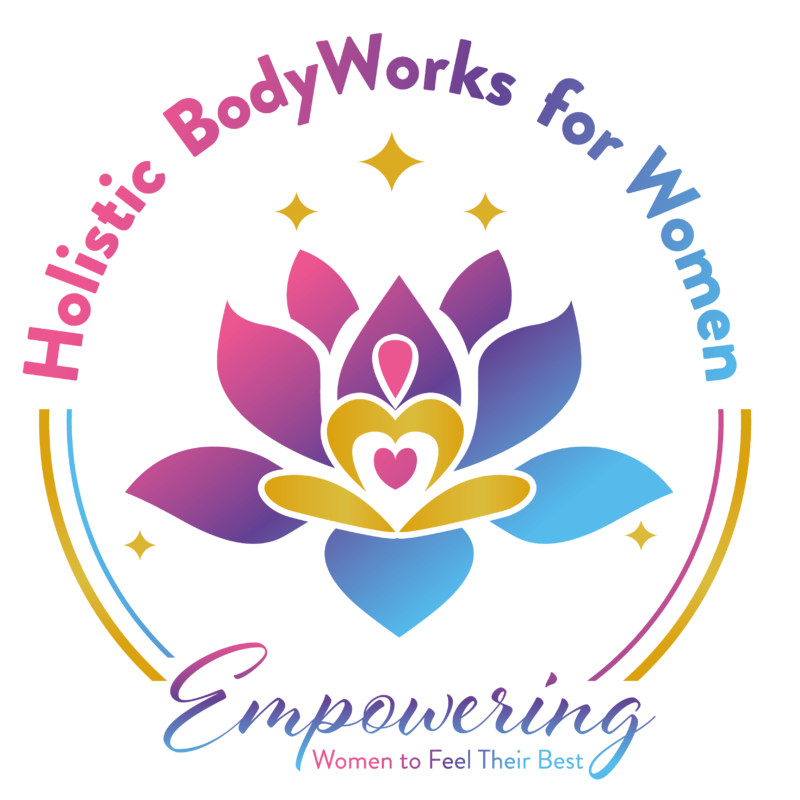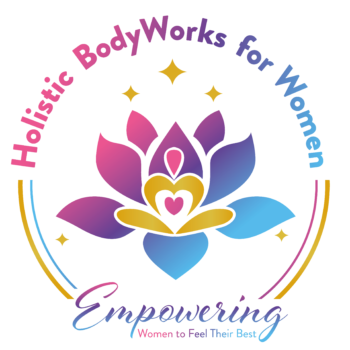August 30, 2021 / Wellness
What is Reiki, and Does it Really Work?
Reiki is an energy healing technique that promotes relaxation, reduces stress and anxiety through gentle touch. Reiki practitioners use their hands to deliver energy to your body, improving the flow and balance of your energy to support healing.
Mikao Usui developed reiki in the early 1900s, deriving the term from the Japanese words rei, meaning “universal,” and ki, which refers to the vital life force energy that flows through all living things. Now, reiki is used all over the world, including in hospitals and hospices, to complement other forms of health treatments.
The health benefits of reiki
Reiki promotes relaxation, stress reduction, and symptom relief to improve overall health and well-being. It can:
- Bring on a meditative state.
- Foster tissue and bone healing after injury or surgery.
- Stimulate your body’s immune system.
- Promote natural self-healing.
- Relieve pain and tension.
- Support the well-being of people receiving traditional medical treatments such as chemotherapy, radiation, surgery, and kidney dialysis.
Studies show that reiki treatment may create feelings of:
- Peace.
- Relaxation.
- Security.
- Wellness.
Can reiki replace traditional treatments?
No. Reiki treatment should not be used as a substitute for the consultation of a physician or a psychotherapist. Reiki complements other types of medical and therapeutic treatments, and it can increase the efficacy of other types of healing.
If you’re already in good health, though, regular reiki treatments can enhance your ability to respond to stress and serve as a form of preventive medicine.
What conditions does reiki treat?
Because it works on the entire self – mind, body, and emotions – and because it is universal life force energy, reiki may be successful in all types of physical, emotional, mental, and spiritual healing.
Reiki isn’t specific to any particular type of disease or condition but may help people with:
- Cancer.
- Chronic pain.
- Infertility.
- Digestive problems.
- Parkinson’s disease.
- Psychological distress, including depression and anxiety.
- Stress-related illnesses.
Reiki can also help you prepare for surgery, which may help boost your recovery afterward.
How does Reiki work?
Reiki practitioners act as a conduit between you and the source of the universal life force energy. The energy flows through the practitioner’s hands to you.
The patient determines the energy flow from the practitioner’s hands by taking only what they need. This helps the patient know that we are supporting them only in what they need rather than what we think they need. This makes it the perfect balance to meet the patient’s needs.”
What happens during a Reiki session?
Reiki treatments typically last about 50 minutes. During a session, you’ll lie on a massage table fully clothed, as your reiki practitioner gently places their hands, palms down, on, or just above your body in specific energy locations. They use a series of 12 to 15 different hand positions.
The length of time that the practitioner leaves their hands in each position is determined by the flow of energy through their hands at each location. Reiki differs from other touch therapies in that there is no pressure, massage, or manipulation involved.
What does reiki feel like?
You may experience the energy in the form of sensations like heat, tingling, or pulsing where the Reiki practitioner has placed their hands. Sometimes, people feel sensations moving throughout the body, while other people do not perceive any change at all.
Most people feel very relaxed and peaceful during reiki treatment, and many fall asleep during the session.

